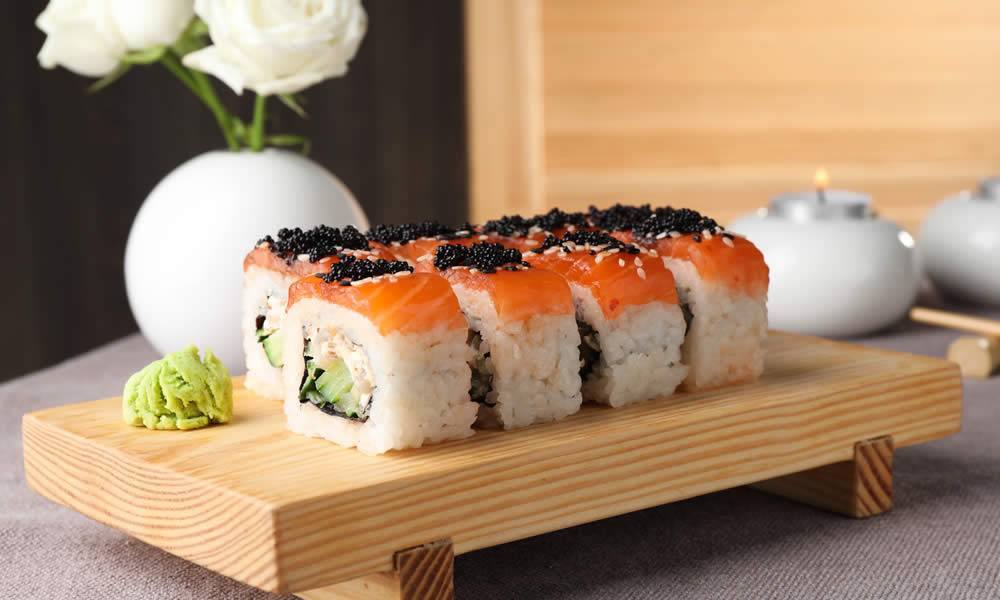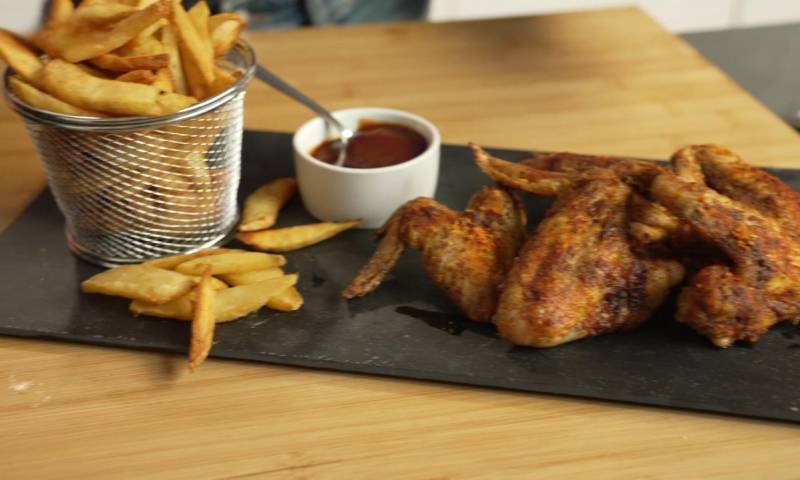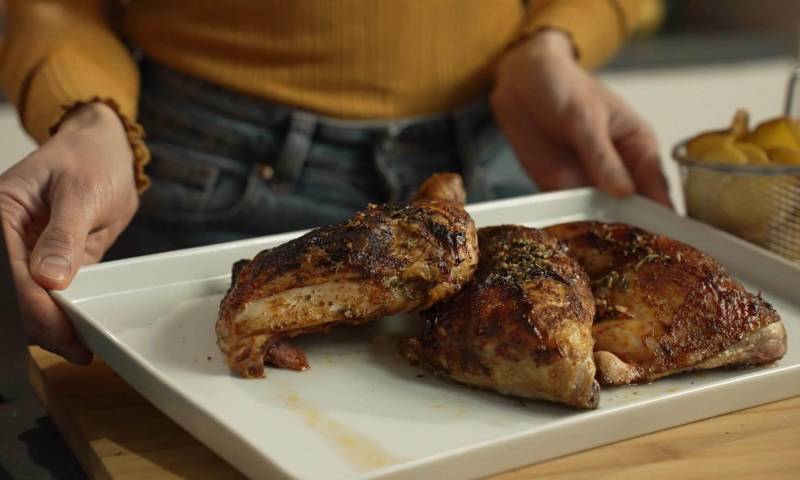Sushi preparation: which rice to choose?

Many believe that the secret to preparing sushi at home is simply choosing excellent fish. In reality, the foundation of an oriental dish that has nothing to envy the delicacies we usually enjoy at a restaurant is rice. This cereal, loved all over the world for being both light and tasty, forms the basis for good sushi, and precisely for this reason, it should be chosen and cooked to perfection. If the Carnaroli variety is the favorite of Italians for preparing risotto, in the Land of the Rising Sun, they prefer to opt for a much more compact and glutinous type. So let's discover which rice is right for sushi and how to cook it in the best way.
Sushi rice: which to choose
Before revealing every secret to preparing sushi comfortably at home, it's a good idea to dedicate a small introduction to the history of this delicious exotic dish. In Japan, the term sushi refers to a set of preparations based on rice, which is acidified with rice vinegar and accompanied by other selected ingredients. Typically, combinations involve fish - usually raw - vegetables, and edible seaweed, but in more modern times, experiments with fruit have also been made. The origin of the dish dates back to the 5th century BC, when fish was left to ferment wrapped in rice and salt, in order to preserve it longer.
The dish we usually consume today requires, as we said, the right type of rice. In Italy, we find various varieties of this precious cereal on the market, and it is therefore not easy to understand which one would be suitable for preparing sushi. Among these, the most common are four, namely common, semi-fine, fine, and superfine. The first is the one indicated for preparing sushi - in this case, we can choose between Ticinese, Selenio, Rubino, Originario, and Balilla - due to its rounded shape and small grains, but also due to its cooking time of only 12 minutes and its ability to release a significant amount of starch - to be used to create rice balls or nigiri.
Common rice, thanks to its particular consistency and elasticity, is also used for mochi and other Japanese preparations. The Japanese, however, prefer the local small-grain rice - called Kome - also known as glutinous rice because it remains particularly compact when cooked. Alternatively, Roma rice can also be used, and for more delicious recipes, Venere rice. Whatever our choice, let's remember to opt for a rice that releases a lot of starch, which is decidedly easier to handle and mold as we wish.
How to cook rice for sushi
Cooking plain rice for sushi rolls or other appetizing oriental recipes is now even simpler and faster using the features of the new Ariete rice cooker, which enriches the Vintage line with an appliance made of soft lines, retro mood, and pastel colors. The Rice Cooker will not only give a touch of style and taste to our kitchen, but will make sushi preparation at home accessible to everyone, even the less experienced, keeping the grains intact and preserving all their flavor. The Ariete rice cooker cooks rice perfectly, avoiding excessive starch production so that it is not sticky. Furthermore, thanks to the non-stick coating, the rice does not stick. All we have to do is season the raw fish fillets as we like, roll the sushi thus created, and enjoy it to the last bite. Not just rice: the Ariete rice cooker is perfect for legumes, cereals, spelt, oats, millet, and much more. There's more: using the capacious steaming basket, we can also cook several dishes simultaneously, and prepare our dishes with significant time savings and without adding fats.
Some tips for sushi as good as in Japan
If we want to prepare sushi exactly as they do in the Land of the Rising Sun, we can equip ourselves with some particular tools that evoke oriental tradition. The first is hangiri, a flat-bottomed and rather shallow container, composed of small cypress staves. It is used to cool the rice in the right way, alongside the so-called uchiwa, a kind of fan. To gently break up the blocks of cooked and hot rice, we use a shamoji spatula directly in the hangiri, after carefully wetting it.








